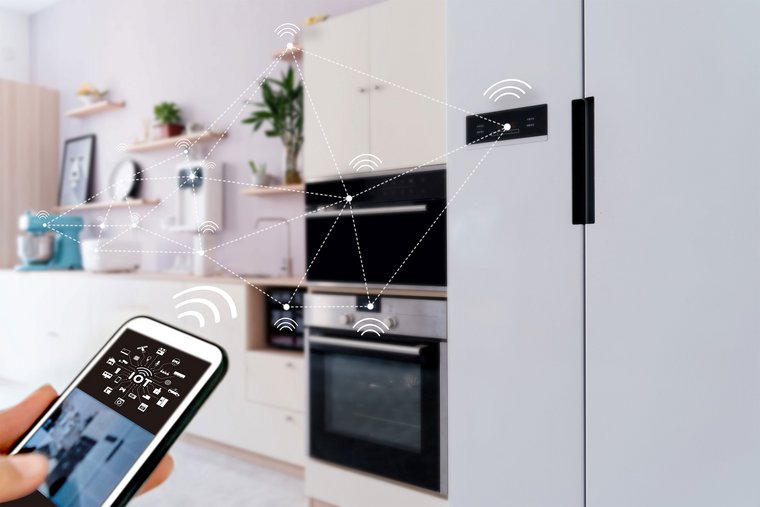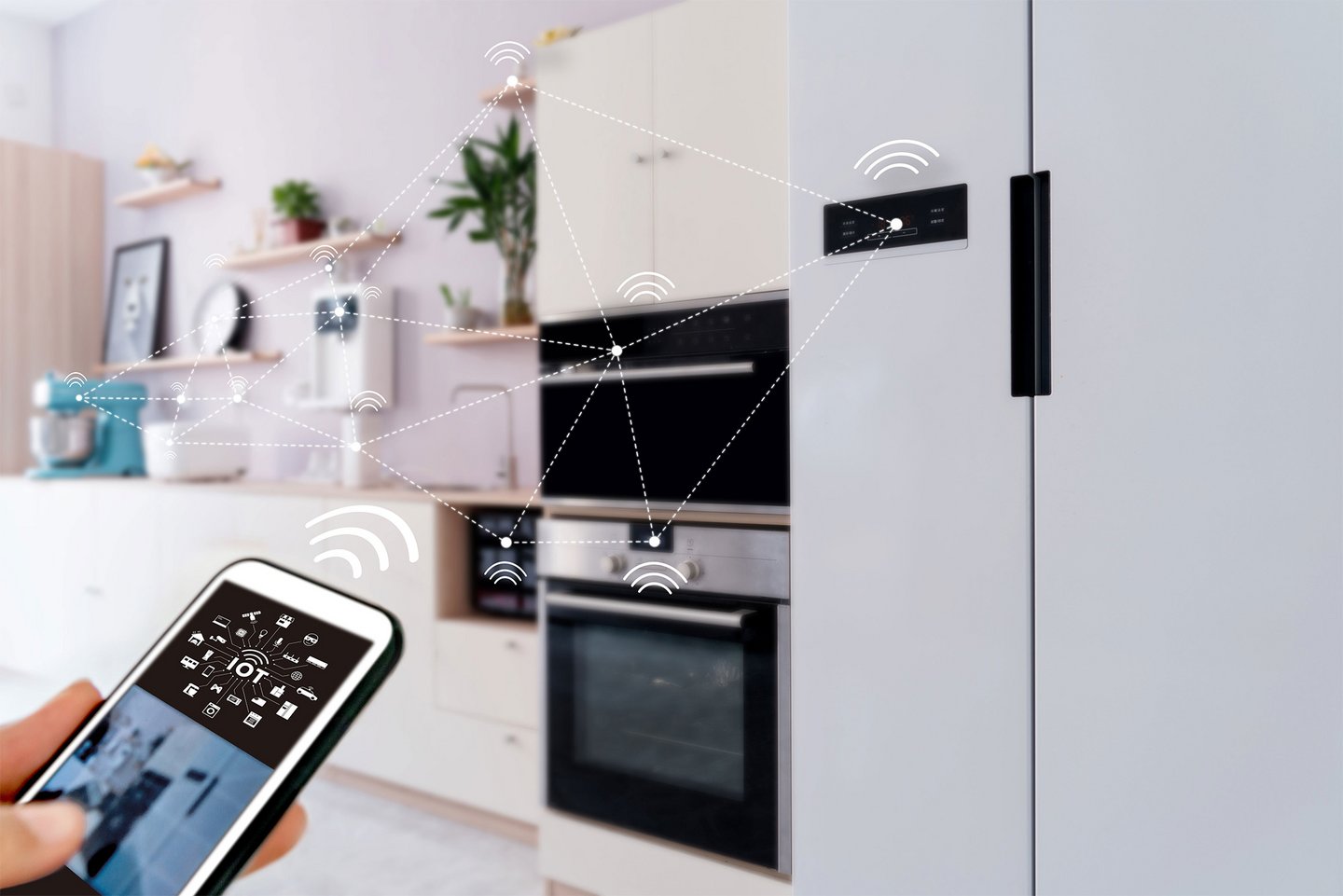For many industries, having relied on either rolling out broad Wi-Fi or tolerating slow mobile connectivity, the rollout of 5G technology offers the potential to transform both internal operations and customer-facing services.
5G will dramatically increase connectivity speed, powering the fast transfer of complex information and potentially hitting a high data rate of over 10 gigabits per second, tens of times faster than 4G. Equally, it offers the reduced latency essential for reliable connectivity, and high system capacity as future networks connect billions of new objects.
By 2025, according to GSMA, the mobile industry association, there could be 1.7 billion global 5G connections, which equals 19% global market penetration.





